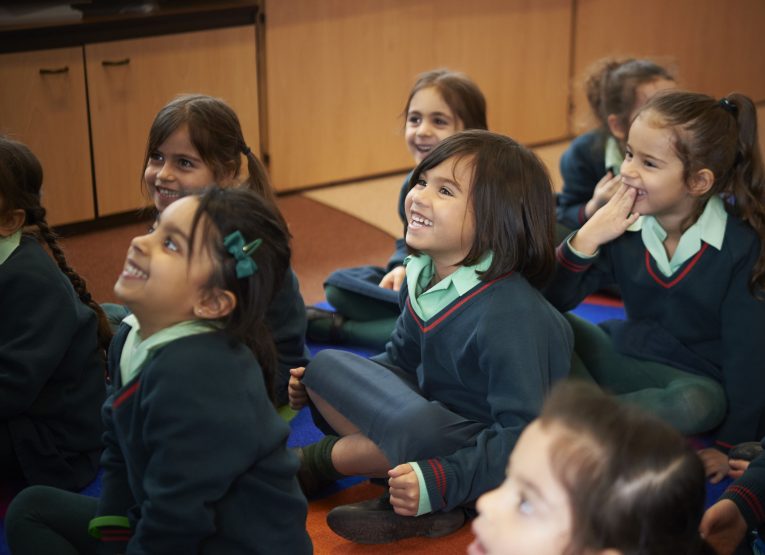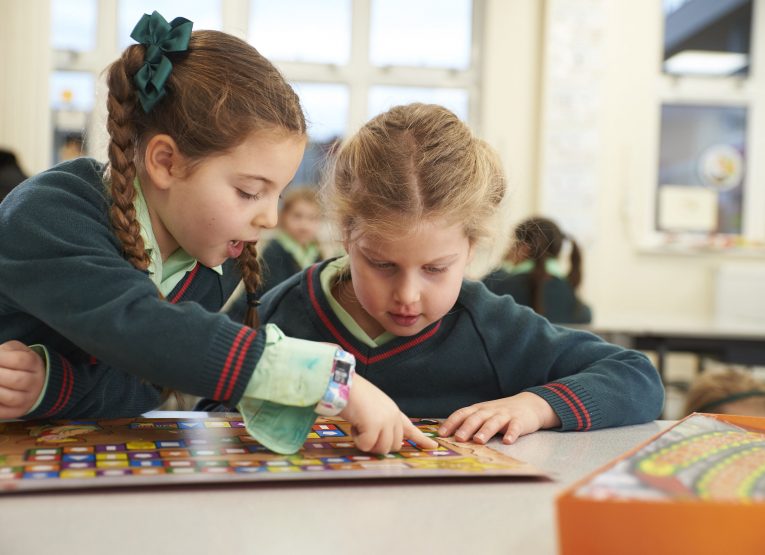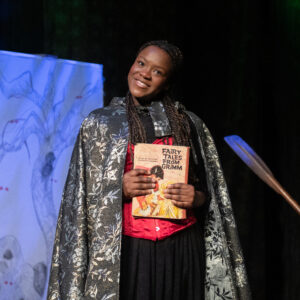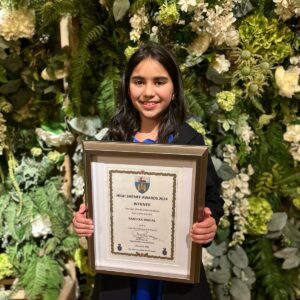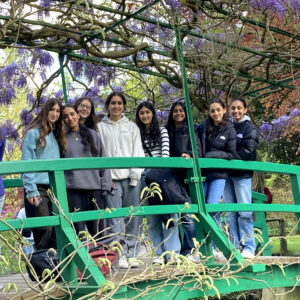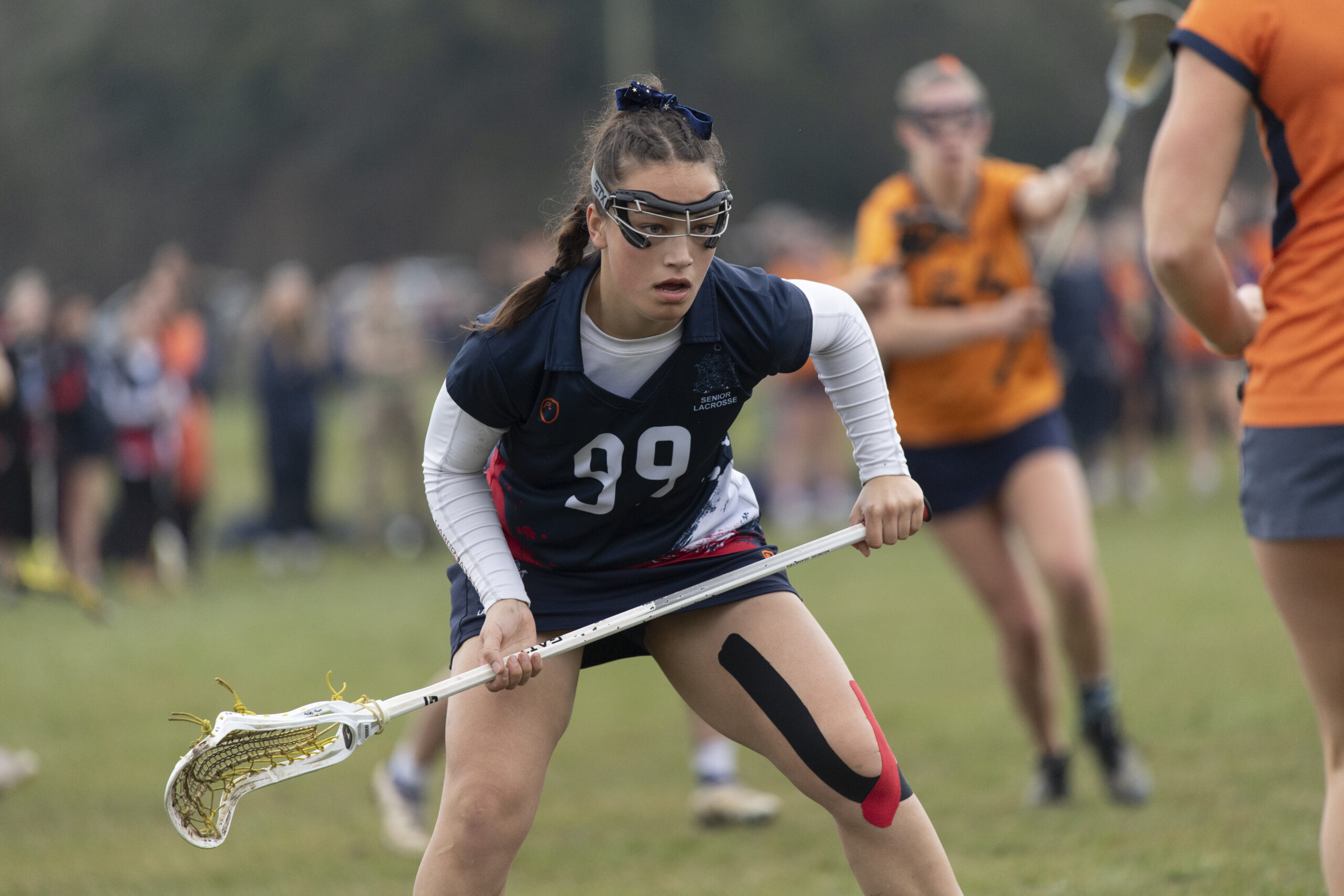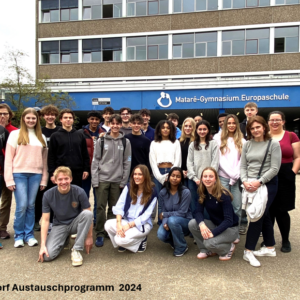Miss Layton taught at Haberdashers’ Aske’s School in Acton for 38 years. She was born on 22 July 1885 in Hampstead, the third daughter of Thomas and Mary Ann Ellen Layton who had five children. Her father Thomas was a solicitor and her older brother Thomas Bramley Layton became a surgeon.
It is possible that she was home schooled until the age of ten when she began attending Allen Olney School. This school was established by the Allen Olney sisters, Sarah and Rebecca, in 1886 when they broke away from their previous employer The Girls’ Public Day School Company (now known as Girls’ Day School Trust (GDST)). By 1895, when Polly started, the school was based in a building on Crossfield Road, Hampstead just a short walk from the family home on Adamson Road. When she left this school in 1903 she studied for four years at University College London gaining a BA Classics degree.
After a short break in education, she began training as a teacher at University College Reading (later University of Reading). The training included two years teaching at Reading High School and by 1909 she had gained her Cambridge University Secondary Teachers’ Certificate. Armed with this qualification she was ready to commence her teaching career proper. In April 1910, Marian was appointed on probation as a “Lower School teacher with some Latin” at Acton. This appointment was made definitive in September of the same year.
These were exciting times for the school as a large extension was opened that autumn by the Bishop of Kensington which permitted the expansion of the school to 500 pupils. The records show that an additional 7 mistresses joined the staff, including Miss Layton, and 76 pupils started on 14 September 1910 compared with 51 the previous autumn.
There were no school magazines published between summer 1908 and spring 1913 and so the first mention of Miss Layton appears in the 1913 magazine in a piece about the orchestra:
The Orchestra
The Haberdashers’ School, like some of its contemporaries, boasts a ” School Orchestra.” It is composed of about twenty players, the first and second violins being led by Miss Layton and Miss Usher respectively, and the viola by Miss Potter. The Orchestra is a very enthusiastic body of players, who are most keen in their work. The rehearsals take place every Wednesday, from 4.30 to 5.30, the works practised being chiefly classical, though lighter music is not forgotten.
The Orchestra welcomes any players of stringed instruments, whether learning at school or not, if capable, and would give a special welcome to any girl playing ‘cello, viola, or double bass. The Orchestra is keenly and artistically conducted by Miss Hunt.
In 1921 it was reported that she was helping Miss Baron (PE) with life saving coaching during the lunch break. Swimming was on the curriculum at Acton from 1904 when Acton Swimming baths opened and the newspapers reported that “Miss Gilliland had made arrangements for her pupils to use it on Wednesday afternoons.” The Royal Life Saving Society’s Awards were an integral part of school life at Acton.
Between 1924 and 1925, she was the Staff Representative on the committee of the Old Girls’ Club which had been established in 1904.
After twenty years of teaching, Miss Layton was allowed a ‘grace term’ in the autumn of 1930 which she spent travelling overseas including Greece and South Africa. Upon her return she became a staunch member of the Music Society as well as re-joining the school orchestra.
When the school evacuated to Dorchester at the beginning of World War II, Miss Harold put Miss Layton in charge of the largest group comprising the Lower IVths and five other members of staff. As a Lower IVth form mistress she had to, not only cope with girls who were familiar with the school having been in third form, but also, girls who were joining from their primary schools and simultaneously being wrenched away from home. At the end of a long day of travelling and with darkness falling, her party found itself billeted at the “Giant’s View” in Cerne Abbas which on closer inspection, in daylight the following morning, turned out to be a very rundown building, in fact, a condemned workhouse with few facilities. The girls were delighted, sleeping in dormitories (very Harry Potter style) and spending the days foraging for berries in the surrounding fields. The staff were horrified.
Once peace was restored, school life returned to some kind of normality whilst still coping with the destruction caused by the bomb in October 1940. Miss Harold’s Commemoration Day speech on 15 March 1948 records:
“We have been especially glad to hear this term the sound of the School Orchestra in practice again after a silence of some years; it is still reinforced and encouraged by the presence among the first violins of Miss Layton, whose enthusiasm for the Orchestra is not the least of her many services to the School.”
At the same school event the following year, she records:
“We have had some heavy losses during the last School year, in particular in having to say ” goodbye ” to Miss Layton, whose thirty eight years of service here have been a gift to unnumbered Haberdashers which they will never forget. Her chief work—and it was a great one—was with those who were beginning their life in the Middle School, but she had a great faculty for friendship with all generations in the School. It would be false to say that we cannot get on without her, for our society is greater than any one of its members, but at least we can say that we find it very difficult, and that her love of sound learning and her humility and uprightness of heart has in a profound sense helped to shape the School’s life over the past thirty-eight years.”
After a teaching career spent almost entirely at Haberderdashers’, Polly enjoyed a long retirement as she died on 3 September 1972 in Polegate, Sussex just five days before Miss Sprules, her onetime boss.
Obituary published in the school magazine:






